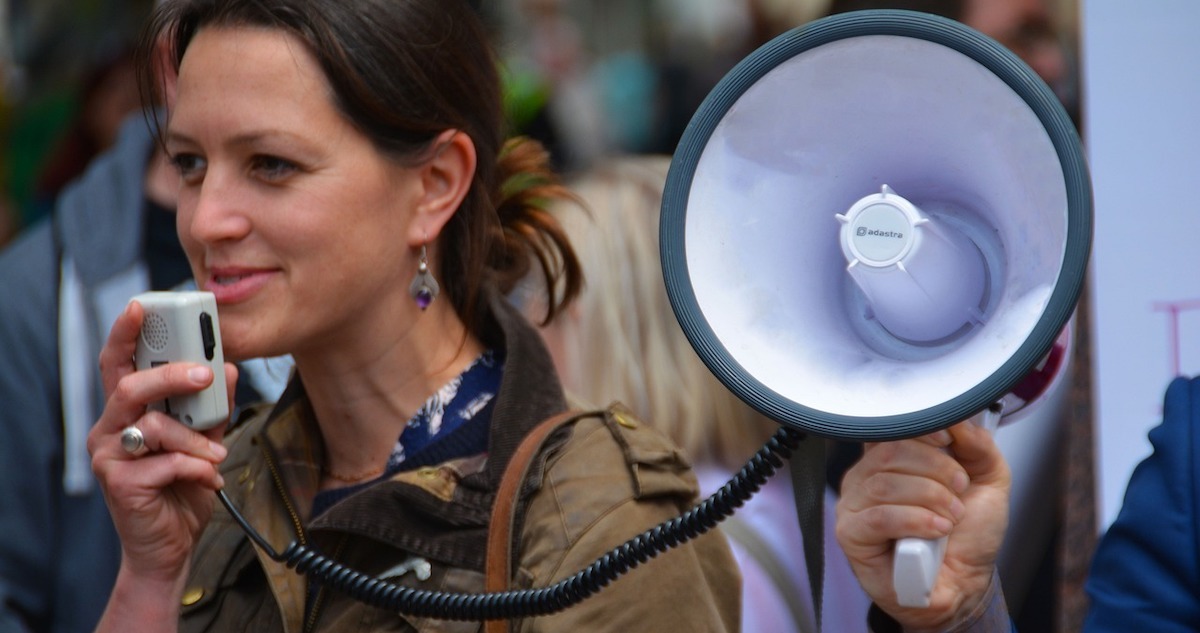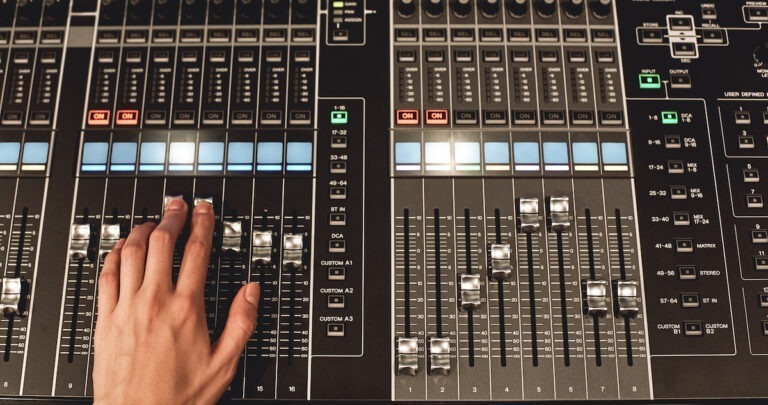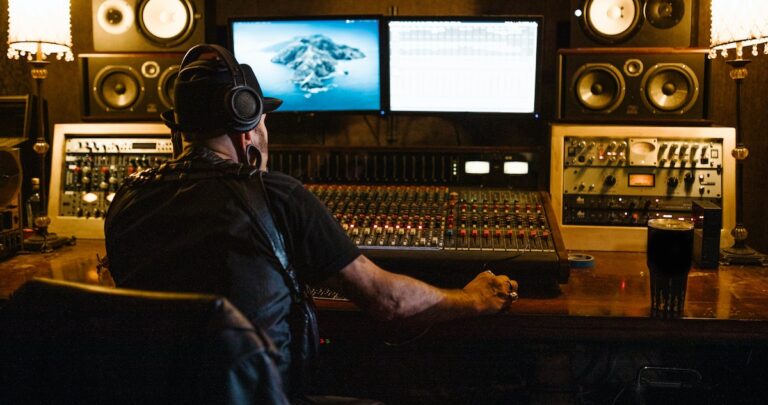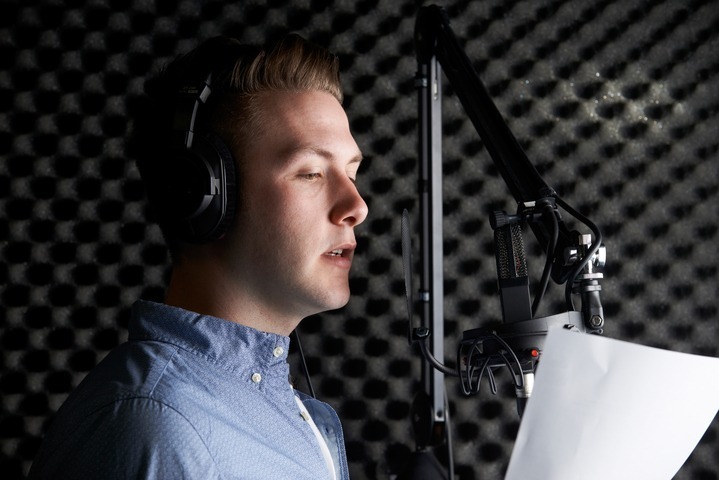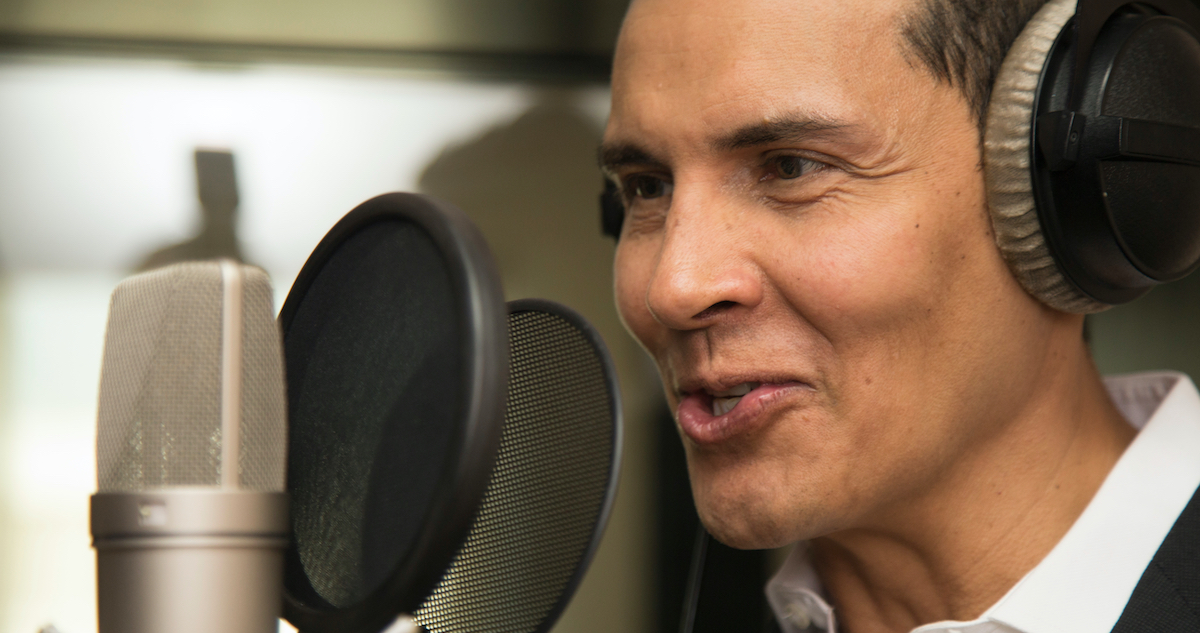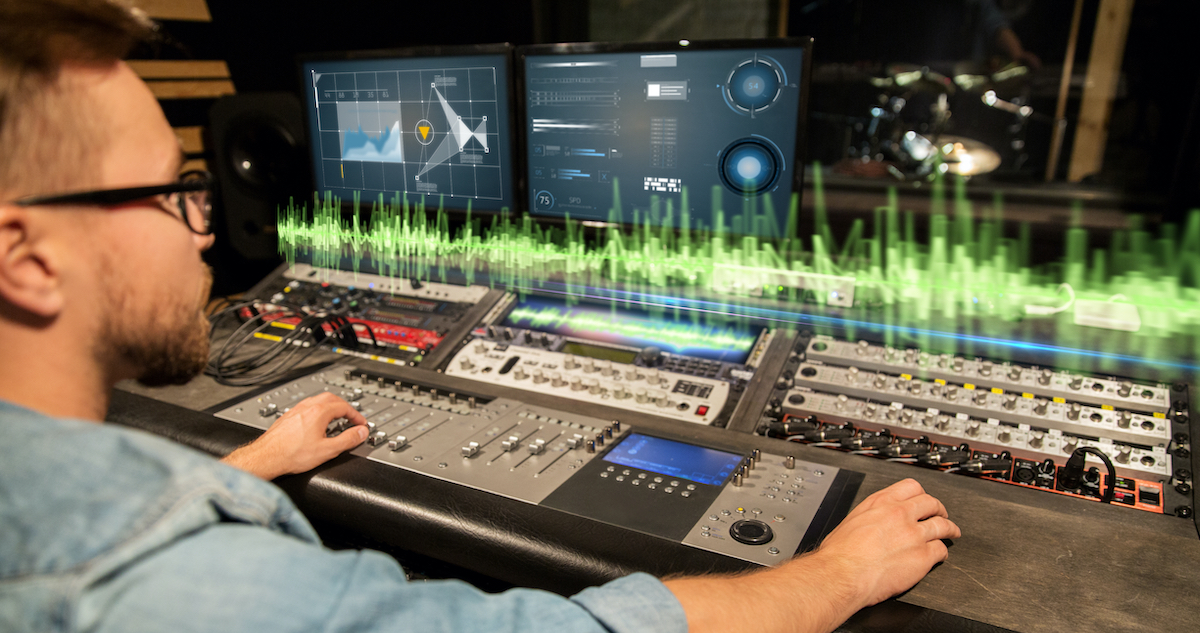Have you ever listened to a voice and thought, ‘Wow, that’s exactly what I need for my project!’ only to realize you have no idea how to describe a voice just like it? That’s completely understandable because describing voices isn’t as straightforward as checking a box for ‘warm and friendly’ or ‘authoritative and powerful.’ But, with the right words to describe a voice, you can create a vivid vocal guide for voice actors.
So, whether you’re shooting a commercial, explainer, or promo, voices are what we do best at Voice123. can help you craft the perfect voice description. In this article, we’ll explore how to describe a voice for different audio projects, the main ways to describe a voice, and the best words for describing voices so your project hits all the right notes.
What is a voice description?
A voice description is a detailed summary of how a particular voice sounds, including the tone, vocal style, intonation, and feeling, which is why these voice descriptions are often used in vocal and audio projects. The description consists of what the voice must sound like and what emotions must be portrayed. Describing a voice is specific to each audio project because it changes according to the project requirements. For instance, a commercial may require a persuasive, energetic, and memorable voice. In contrast, a documentary may demand an authoritative, informative, and engaging voice. So there are various voices that suit different projects, and to choose the right one, you first have to know the different types of voices.
Types of voices
There are six main types of voices, soprano, mezzo-soprano, alto, tenor, baritone, and bass. The first three types refer to female voices, and the last three describe male voices. Soprano and tenor are the highest voice types, while alto and bass are the lowest. Voices are characterized according to their range, timbre, register, and more. So a voice description should be carefully crafted to match the needs of the project while leaving room for the voice actor’s creative interpretation. Here’s a breakdown of how to describe a voice.
How to describe a voice for audio projects

You can describe a voice for audio projects once you’ve identified the type of audio project at hand. Is it an audiobook, podcast, or commercial? Secondly, understand your intended audience; if you’re creating an educational audiobook for children, you need a friendly animated voice. Finally, compile a list of what the voice actors’ tone must reflect. This could include aspects like warmth, authority, humor, or sincerity. For example, a business presentation needs a confident professional voice. But a travel podcast requires an enthusiastic voice.
Try to include vocal examples when describing voices, like Rick Steves (the godfather of travel). Or Jeremy Brandt, the confident voice of Capital One commercials. Giving a voice actor an idea of the vocal style you’re trying to emulate will better guide their performance. Overall, understanding your project’s intended audience and tone requirements will help you find ways to describe voices that perfectly fit your audio project.
The main ways to describe a voice
The main ways to describe a voice are to start by identifying the character or persona the voice actor must embody by listing aspects like age, gender, and style. Then decide on the tone you want your project to take. Once you’ve identified your desired voice style, choose descriptive keywords that accurately convey its qualities. So for an upbeat and friendly voice, use descriptions like cheerful, approachable, or enthusiastic.
Another one of the best ways to describe voices is by listening to similar voice samples and demos. This gives you a better idea of what to look for and how to describe your voice style. On Voice123, you can access numerous voice samples to find one that matches your project description. Keywords and samples also work together to help you describe a voice. So what words to describe a voice can you use?
Words to describe a voice
Using keywords to describe a voice can accurately convey the desired vocal qualities and tone you need for your project. So use keywords that align with your project’s requirements to describe a voice. For instance, words like personable and welcoming create a warm and inviting voice over. In contrast, commanding, assertive, and powerful suit projects with strong authoritative content. Here’s a summary of descriptive words that you can use in many ways to describe voices.
How to describe a voice for commercials
We need a dynamic, energetic voice like a sports commentator or stadium announcer. The tone should be confident and passionate but not over-the-top or cheesy. Our car commercial requires a confident and exciting voice like Dwayne Johnson, ‘This car model is a thrill to drive, and if you don’t agree, just know I’ll find you.’
Keywords: dynamic, energetic, exciting, enthusiastic, confident, passionate, urgent, true fan.
How to describe a voice for explainers
We want an engaging voice like a friendly neighbor or long-time friend. The pacing should be slow and deliberate, with appropriate pauses for emphasis. Our animated video is about software and requires a friendly, informative voice like Chris Pratt’s emotive tone, “If you’re like me, you need this update. I can finally manage all my tasks in one place!”
Keywords: simple, engaging, conversational, relatable, easy to understand, slow pace, deliberate, trusted friend, accessible.
How to describe a voice for promos
We need an exciting persuasive voice like a motivational speaker or salesperson. The pacing should be quick, emphasizing key benefits and features. Our movie/video game trailer needs a dramatic, intense voice like Don Lefontaine. “This summer, get ready for the biggest blockbuster of the year!”
Keywords: exciting, persuasive, confident, enthusiastic, attention-grabbing, quick pace, key benefits, expert, valuable insights, inspiring.
How to describe a voice for narration
We need an authoritative informative voice like a college professor or expert. The tone should be serious and professional but not monotone or boring. Our wildlife documentary requires a calm information voice like David Attenborough’s refreshing silver tones. “The majestic lion, king of the savannah, has long been a symbol of strength and courage.”
Keywords: authoritative, informative, confident, knowledgeable, commanding, serious, professional, credible.
How to describe a voice for elearning
We want a clear professional voice, like a teacher that’s engaging and encourages learners to participate. The pace should be moderate, with appropriate pauses and emphasis. Our meditation course needs a gentle yet persuasive tone to guide listeners. Like the serene tones of Emily Blunt or Julie Andrews, ‘Close your eyes and breathe in deeply. Feel the anxiety leave your body,’
Keywords: clear, professional, engaging, approachable, warm, inviting, moderate pace, knowledgeable, fun, interesting.
Final thoughts on describing a voice

Describing a voice is like painting a picture with words. Each word is a stroke that blends into the perfect description. Choosing the right keywords guides voice actors in transforming a simple script into powerful audio that engages, inspires, and even entertains audiences. And the best ways of describing voices start with taking time to practice using descriptive words to describe a voice. Because no matter what the audio project is, the right voice makes all the difference.
So, explore your options by listening to demos and working with professional voice actors like the pros on Voice123, who can use their skills to voice your vision.
FAQs on how to describe a voice
You can describe a voice by using words and phrases to convey unique vocal qualities and characteristics, like pitch, volume, timbre, accent, articulation, pace, and inflection.
Tone of voice is the emotional quality a speaker’s voice conveys, and you can describe it using words like warm, cold, authoritative, enthusiastic, sarcastic, sincere, and monotone.
What are the main types of voices?
The main types of voices are soprano, mezzo-soprano, alto, tenor, baritone, and bass, which are singing voices while speaking voices are described as high-pitched, deep, raspy, or breathy.
The main ways to describe voices are by using physical qualities like pitch, volume, and timbre and emotional qualities like tone and inflection. Other describing factors are accent, articulation, pace, and resonance.


